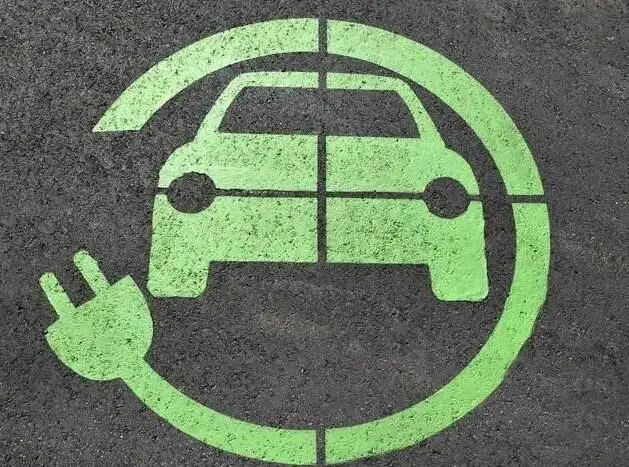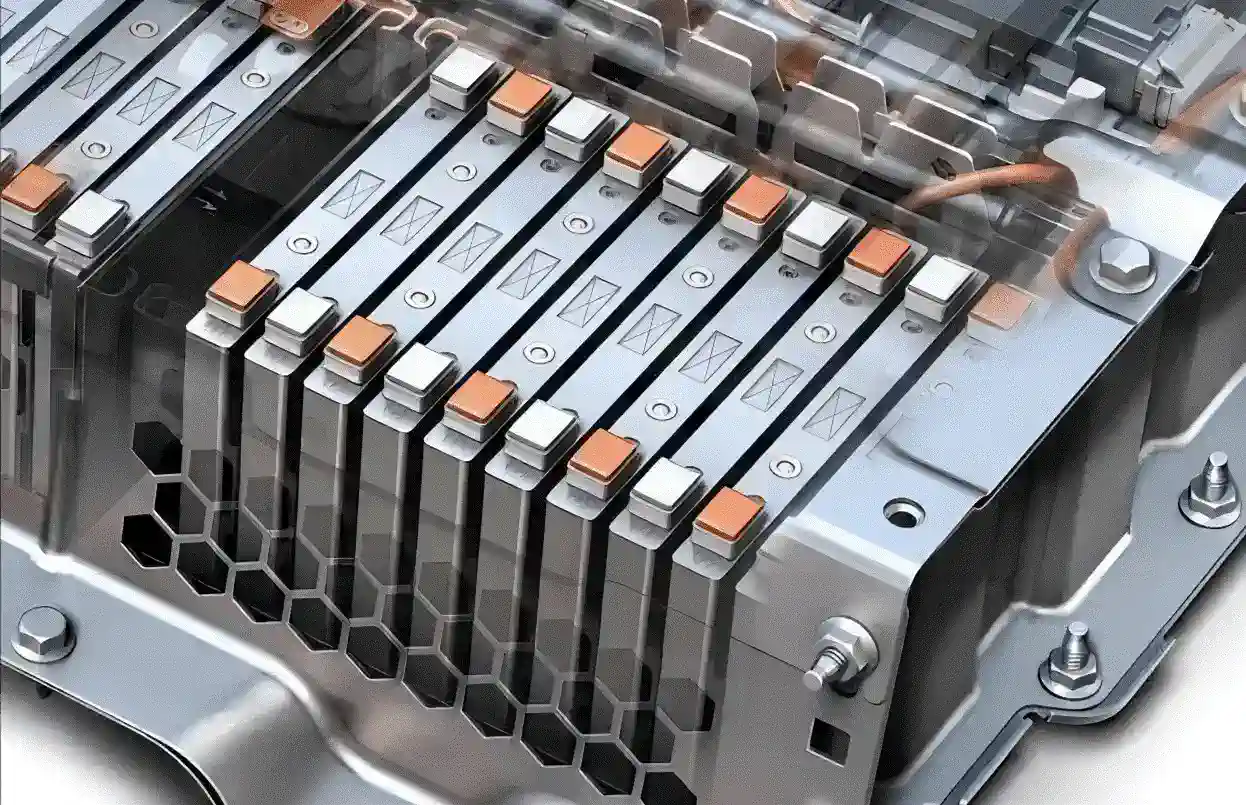Solid State Battery: The Future of EVs
Table of Contents
Currently, range anxiety remains the biggest obstacle to the complete global replacement of gasoline cars by new energy vehicles. Although many automakers, such as Tesla with their Supercharger V4 and Xpeng with their Supercharger S4, have introduced fast charging technologies, these charging stations are not only expensive but also lack widespread coverage. To truly address range concerns, only batteries with high energy density can offer a solution.
In light of recent developments, the past few years have seen China, Japan, South Korea, and Europe all focusing on the development of solid-state batteries with higher energy density. Based on the choice of electrolyte, these regions have adopted three distinct technological paths:
- Europe: Primarily focusing on polymers (with a conductivity of about 10-7-10-5S/cm) as the electrolyte for solid-state batteries. However, due to the low conductivity of polymers, European mass-produced solid-state batteries offer less range than liquid lithium batteries of the same capacity.
- Japan and South Korea: Their main emphasis is on sulfides (with a conductivity of about 10-3-10-2S/cm) as the electrolyte. While this material boasts ideal conductivity, its complex manufacturing process and the inclusion of rare metals have hindered its commercialization.
- China: Predominantly turning to oxides (with a conductivity of around 10-6-10-3S/cm) as the electrolyte. Given the material’s rigidity and high porosity, which can impede the smooth flow of ions, the current technology necessitates the inclusion of an electrolyte, producing a semi-solid state battery. This, however, reduces the battery’s energy density. As a result, even though these semi-solid state batteries made from oxides have been incorporated into high-end models by companies like NIO and Dongfeng, their cost-effectiveness hasn’t been striking enough to warrant large-scale production.
Stepping outside these mainstream technological pathways, researchers from the University of Science and Technology of China have recently developed lithium zirconium oxychloride. In terms of ionic conductivity, deformability, and cost, this material outperforms both oxides and sulfides. The advent of lithium zirconium oxychloride might provide the industry with an innovative, out-of-the-box solution.

European Pioneers: Bolloré Group’s Venture into Solid-State Battery Tech
European clean energy companies primarily employ polymers as the electrolyte in their drive to push forward with solid-state battery research. A notable player in this space is the French Bolloré Group. In 2011, Bolloré Group, as the world’s first operator to utilize solid-state batteries in an electric vehicle project, unveiled their in-house developed electric vehicle, Bluecar. This vehicle was equipped with a 30kWh metal lithium polymer solid-state battery produced by its subsidiary Batscap, boasting a range of 120km.
However, it’s worth highlighting that the Bolloré Group’s metal lithium polymer solid-state battery, with a 30kWh capacity, only managed a 120km range. In contrast, Tesla’s Model 3, equipped with a 60kWh liquid battery, can achieve a range of over 400km. Doing the math, a Tesla model equipped with a 30kWh liquid battery can exceed a range of 200km, distinctly outperforming the Bolloré Bluecar.
The key reason for Bluecar’s significantly reduced range compared to Tesla, even when equipped with batteries of the same capacity, is the low conductivity of solid-state batteries that use polymers as the electrolyte. This limitation also underscores why, despite being the first in Europe to mass-produce solid-state batteries, widespread adoption remains elusive. Confronted with this bottleneck, other major European clean energy firms have sought alternative strategies: partnering with leading global solid-state battery companies to retain a competitive edge in the future automotive battery sector.
For instance, Volkswagen heavily invested in the solid-state battery company QuantumScape, which is publicly listed in the U.S. By the end of 2014, Volkswagen already held 5% of QS shares. In 2018 and 2020, the Volkswagen Group made two separate investments in QS, pouring in $300 million each time, becoming the company’s largest shareholder.
In conjunction with this, both companies also established a joint venture, aiming to build a solid-state battery production line by 2025. With significant financial backing, QuantumScape’s technology has continually advanced. For example, previous QS single-layer batteries, under room temperature and pressure, could maintain 90% of their initial energy storage after 1,000 charging cycles at a 1C rate. Now, under the same conditions, their multi-layer batteries can still retain 90% of their energy storage after 800 cycles.
However, to date, QS has not rolled out mass-produced batteries, while competitors’ solid-state batteries are gradually entering mass production, mounting pressure on QS. As things stand, even though Europe was the first to commercialize solid-state batteries, the low conductivity of polymers and uncertainties surrounding the commercial viability of their invested companies have slowed their advancement in the solid-state battery domain.
Japanese Giants Lead in Sulfide-based Solid-State Battery Patents
Sulfides, once touted as the most promising electrolytes in solid-state batteries, possess several advantages such as high conductivity and malleability. However, the technological approach of using sulfides as electrolytes comes with a more intricate production process. For instance, during the fabrication process, sulfides can react with water and oxygen in the air, producing the highly toxic hydrogen sulfide gas. Addressing this issue necessitates refining the production process, which subsequently increases costs.
To leapfrog in the energy race, Japanese and Korean clean energy companies have shown a distinct preference for using sulfides as the electrolyte in their solid-state batteries. This complexity in technological procedures has compelled these companies to intensify their research in the solid-state battery realm, leading them to accumulate a significant portfolio of technical patents.
According to data disclosed by Nikkei Chinese Web in collaboration with the patent survey company Patent Result, from 2000 to the end of March 2022, the leading power battery companies in terms of publicly disclosed solid-state battery patents were Toyota, with 1,331 patents; followed by Panasonic Holdings with 445 patents; and Showa Shell Sekiyu ranking third with 272 patents. All three Japanese companies focus their R&D on sulfide-based solid-state batteries, with Toyota being the most advanced. As early as June 22, 2017, Toyota had applied for a U.S. patent for a solid-state battery using sulfides as the electrolyte.
Recently, Toyota revealed to the media that it has developed a solid-state battery capable of a 1,200-kilometer range, charging in just 10 minutes, with plans to introduce vehicles equipped with these batteries to the market by 2025. Despite Toyota’s ambition to mass-produce vehicles equipped with solid-state batteries using sulfides as the electrolyte, the technical complexities coupled with the high costs due to the use of numerous rare metals might hinder large-scale adoption.
Currently, the global average price for the electrolyte in lithium-ion batteries doesn’t exceed $10/kg. In contrast, the primary material for the sulfide solid electrolyte, Li2S, ranges from $1,500 to $2,000/kg. This means that the sulfide electrolyte is over 150 times the price of the electrolyte used in lithium-ion batteries.

Chinese Solid State Battery Development: Oxide Electrolytes Lead the Way
Domestic enterprises, mirroring European trends, primarily utilize oxides as the electrolyte to propel the research and development of solid-state batteries. According to incomplete data, post-2022, several Chinese automakers began incorporating semi-solid-state batteries in their models. Specifically, models like the NIO’s ES6, Dongfeng’s E70, and Lantu’s Zhui Feng predominantly feature batteries with oxide-based electrolytes.
Nevertheless, solid state batteries that employ oxides as their electrolytes exhibit intrinsic hardness. Given that oxide particles exist in a point-contact form, the resulting solid-state batteries not only possess poor malleability but also exhibit a high porosity. This rigid texture can cause electrolyte fractures, disrupting ion transmission. The high porosity can impede the pathways for ion transfer within the battery system. Consequently, to ensure that active material particles maintain optimal contact and ion transmission even when cracks or breaks occur, solid-state batteries with oxide electrolytes are naturally suited for a solid-liquid hybrid format. This hybrid design integrates both the solid oxide electrolyte layer and a liquid electrolyte filling the pores, effectively sidestepping the aforementioned issues.
However, solid state batteries that incorporate liquids, due to their reduced solid electrolyte content, don’t enjoy the same energy density boost as fully solid batteries. For instance, the semi-solid-state battery in the ES6 has an energy density of 360wh/kg. As a result, while Chinese semi-solid-state batteries have achieved commercialization, their modest energy density increase, lower conductivity than liquid lithium, and the elevated cost of oxide electrolytes might relegate them to transitional products in the battery evolution.
Shifting our focus, the recent breakthrough from the University of Science and Technology of China presents a novel solid-state electrolyte – lithium zirconium oxychloride. This innovative electrolyte showcases comparable performance to the most advanced sulfide and oxide solid-state electrolytes, but at a mere 4% of the latter’s cost. This is undeniably a game-changing development in the Chinese solid-state battery sector.
This introduction of lithium zirconium oxychloride signifies simultaneous breakthroughs in the performance and cost aspects of solid-state electrolytes. Yet, this technology is currently in the lab phase. Whether it can be produced on a large scale remains a significant uncertainty. Regardless, the discovery of lithium zirconium oxychloride holds profound implications for the commercialization of all-solid-state lithium batteries.
In the present scenario, the three mainstream solid-state battery electrolytes—polymers, oxides, and sulfides—all exhibit inherent flaws with no immediate solutions in sight. This has led to the current small-scale production of solid-state batteries not being as cost-effective for vehicle integration as their liquid counterparts. However, the recently developed lithium zirconium oxychloride by Chinese researchers might just shine a glimmer of hope, potentially revolutionizing the solid-state battery industry and addressing the range anxiety associated with new energy batteries.


